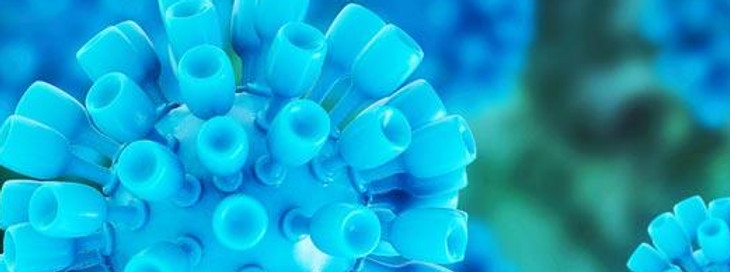
DahariLAB
Mathematical/Computational Virology & Medicine
Early HCV viral kinetics under DAAs may optimize duration of therapy in patients with compensated cirrhosis.
Gambato M, Canini L, Lens S, Graw F, Perpiñan E, Londoño MC, Uprichard SL, Mariño Z, Reverter E, Bartres C, González P, Pla A, Costa J, Burra P, Cotler SJ, Forns X, Dahari H
Abstract
BACKGROUND & AIMS:
Detailed hepatitis C virus (HCV) kinetics modelling is scarce in patients with advanced liver disease receiving direct-acting antivirals (DAAs). Due to budget restrictions, patients and health systems would benefit from the shortest possible treatment course. We investigated whether modelling very early HCV kinetics in cirrhotic patients under DAAs therapy could be used to individualize care and reduce treatment duration to achieve cure.
METHODS:
We included 74 patients with HCV-related cirrhosis who received interferon-free treatments for 12-24 weeks. HCV genotype, liver disease stage and treatment regimen were recorded. Viral load was determined prospectively at very frequent intervals until target not detected (TND, <15 IU/mL). A viral kinetic model was used to predict time to cure based on HCV clearance in extracellular body fluid (CL-EF).
RESULTS:
Sixty-eight patients (92%) achieved cure. Thirteen (18%) had MELD ≥15, 35 (47%) were Child-Pugh (CTP) ≥7. Median time to reach TND was 2 weeks (IQR: 1-4 weeks). Modelling indicated an average DAAs efficacy in blocking viral production of ε = 99.1%. HCV half-life (t1/2 ) was significantly shorter in patients with CTP <7, LSM <21 kPa or MELD <15 (1.5 vs 2.5 hours; P = 0.0057). The overall median CL-EF was 5.6 weeks (4.1-7.8). A CTP >7 and a LSM ≥21 kPa were significantly (P = 0.016) associated with longer CL-EF.
CONCLUSIONS:
The study provides insights into HCV dynamics during DAAs therapy in patients with compensated and decompensated cirrhosis. Viral kinetics modelling suggests that treatment duration may be optimized in patients with compensated cirrhosis.
Partnerships that get results: Global. Fluid. Connected. Join Us!

